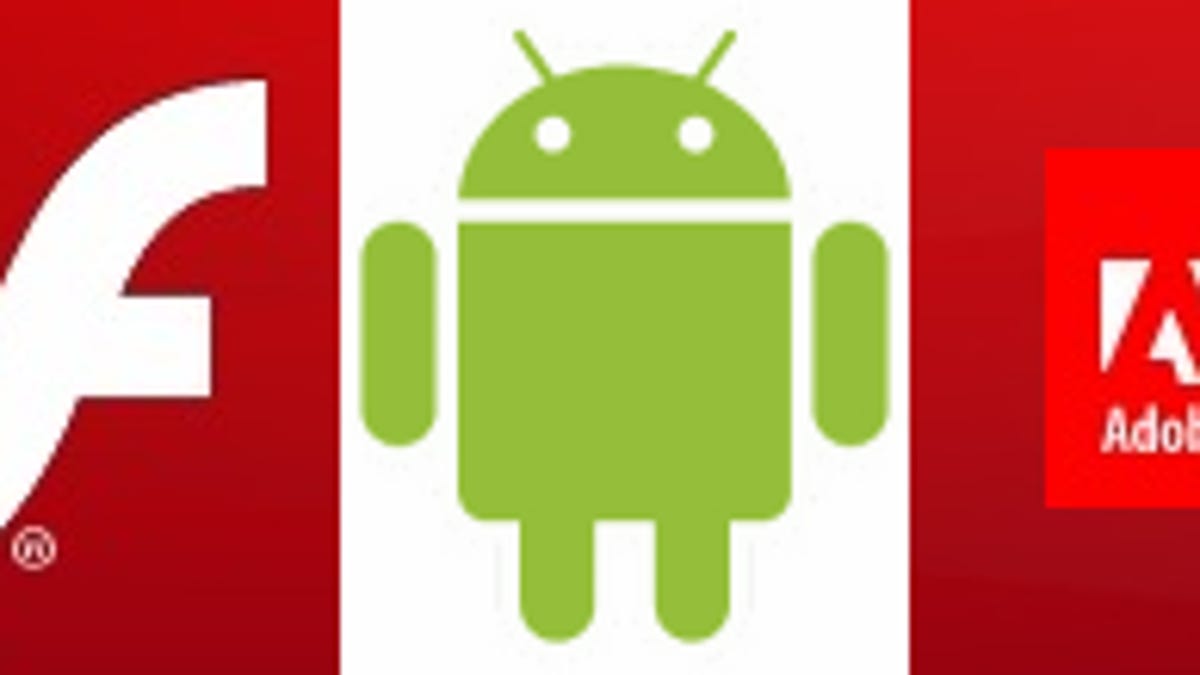Adobe spells out Flash-y plans for Android
Adobe's plans for Android video and Flash Web sites may not be as others at Mobile World Congress, but they'll soon affect the formidable range of Android smartphones and tablets.

Adobe may be leaving the flashy announcements to Nokia and Sony Ericsson this Mobile World Congress, but there are some plans pertaining to Flash that will impact a wide swatch of Android smartphones and tablets going forward.
Adobe shared mostly statistics in a press event before the show, but bobbing in the sea of performance numbers (like: more than 20 million Android Flash downloads in the first six months) were some nuggets of information that spell out Adobe's commitment to help fuel the high-speed Android train. (Don't worry, BlackBerry fans. There's news for you, too.)
Flash Player 10.2
Adobe says it will release a mobile-compatible version of Flash Player 10.2 for Android 3.0 Honeycomb and BlackBerry Tablet OS. The updated version is touted to vastly reduce a device's CPU usage and battery drain by letting the phone's hardware rather than software decode and render video.
The company has tested Flash Player 10.2 on the
We're still trying to discern the smartphone end of Adobe's distribution claim. So far all its certified smartphones are Android 2.2 or older, which would make them ineligible for the new Flash Player by Adobe's own terms.
WebM video
In addition to releasing the current Flash Player, Adobe also told journalists that they are "committed" to building support for Google's WebM codec into Flash, although it's not announcing a timeline. Adobe did say it's working with Google to support WebM, giving developers the ability to choose between WebM or H.264, both high-definition video codecs.
WebM, which comprises the VP8 video codec plus the Vorbis audio codec, was initially not included in Adobe's plans. Previously Adobe said it would only support the VP8 video standard.
Digital editions
Adobe will continue to encourage developers to use its desktop-based Creative Suite apps to package content like magazines for mobile devices. There are currently more than 100 such apps for the iPhone and iPad, and support for developers to create digital editions for Android is coming next.
2011 projections
More than 132 million smartphones will support Flash, 36 percent of smartphones will ship with it, and more than 50 tablets will ship with Flash Player either enabled or installed--including WebOS, BlackBerry Tablet OS, and Android platforms.
Additional reporting by Stephen Shankland.

